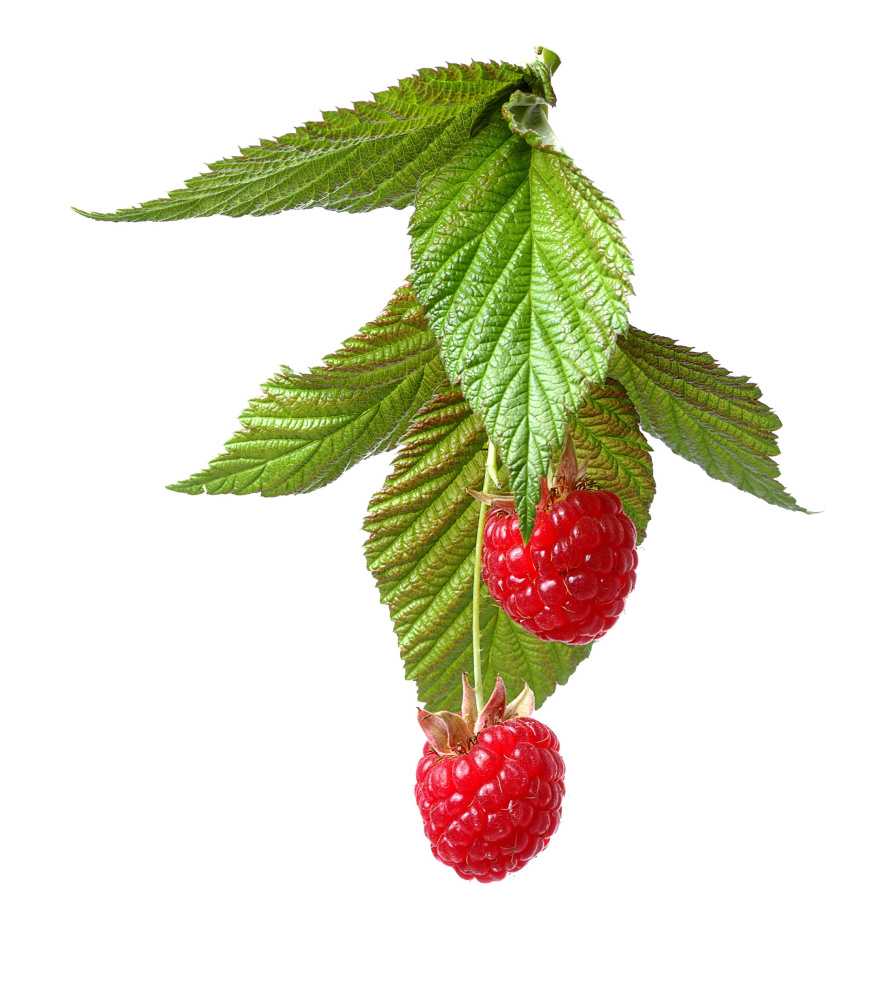For the first time since the 1980s, we had no problem with Japanese beetles in our garden this summer. I saw about six of them all year. The biggest benefit to their absence was the raspberries, which we ate every day from mid-July until late August.
Years ago, before the copper-colored beetles showed up in our garden, we had bountiful raspberries – so many that our children spent time on the busy corner at their great-grandmother’s house selling them to passers-by, with the money going into their college fund.
But once the pests descended, we barely had enough raspberries for ourselves. We got good berries only because the vines produced so many early in the season that the bugs couldn’t eat them all – and because I killed many by knocking them into jars of soapy water.
But this year, we produced as much as 10 pints of raspberries a day. When production slowed toward mid-August, as it always does, the berries were still waiting undamaged until I found time to pick.
After learning that other local gardeners noticed the same absence of beetles, I emailed James Dill, pest management specialist at the University of Maine Cooperative Extension to ask if the tachinid fly, whose eggs appear as white dots on the beetles’ back, was finally controlling the pests.
“We believe it is doing some control,” Dill said, “plus most of the lawn damage that used to be due to Japanese beetles is now being done by the European chafer.”
And while the chafer can out-compete the Japanese beetle in turf, the adult chafer doesn’t feed on raspberries, roses, hops and other desirable plants (from a human perspective) as the Japanese beetle does.
So this year, we have lots of raspberry jam, some frozen raspberries, and our friends and relatives shared the bounty.
Dill said in many places gardeners reported that the Japanese beetles were as bad as ever. And I know the respite this year does not mean we are free of Japanese beetles forever. But the tachinid fly is my current hero. I might dress up as one for Halloween.
The rest of the gardening year was mixed. The blue hydrangeas in the Endless Summer series were awful until late in the year, even on the coast where they can thrive. The plants bloom on both last year’s and this year’s wood, but the cold temperatures last year killed all the old wood so the blooms didn’t show up until August.
On the other hand, the hydrangea paniculata were in great bloom, a bit earlier than normal, and looked fantastic all through the fall.
The azaleas put on such a great show in the spring that we purchased more of them when they went on sale this fall. We’re getting greedy as we get older.
Like the raspberries, the rest of our food production was good. The tomatoes came in early August and we had all we wanted, so we gave away a lot to relatives and neighbors. Plus, I donated about 10 pounds to Judy’s Pantry, Cape Elizabeth’s Harvest for the Hungry site. We haven’t yet had a frost as I write this, but tomato production had just about stopped.
Unfortunately, we had only one lone cucumber, and I don’t know why. Our 6-year-old grandson, James, loves cucumbers, and at one point my wife, Nancy, was reduced to cutting up raw zucchini and telling him it was cucumber. I don’t know if he could tell the difference, but he ate it.
My plan to grow more colorful potatoes was a resounding success. The Red Thumb vines died early but still produced several meals of the baby fingerlings, and we will order them again. We’ve had many meals of other new potatoes, often in mixes of red, white and blue. I haven’t finished digging them yet, but we should have some to eat all winter, give to friends and family, donate and plant as seed potatoes in the spring – as recommended by Will Bonsall, Maine’s most famous seed-saver.
Speaking of seed-saving, the packet of Coco Noir black beans I planted produced about a cup and a half of dried beans. Rather than give them to Nancy to produce one side dish, I’m saving all of them as seed, just to see if I can. If it works, we should get a couple of quarts of the beans next year, enough to both eat and save.
Most of the flowers did well. I brought out the hose twice during severe dry spells to give the garden a good watering, and I used water from the rain barrels on container plants and any new plants (which are especially thirsty as they establish themselves) the rest of the time.
Mostly, this was a good season. In addition to the potatoes, I have to dig gladiolus bulbs and dahlias. We’ve cut back a lot of the perennials, but the asters, perennial hibiscus, some cimicifuga, some roses and phlox and hostas still look good, so we are holding off to enjoy their beauty as long as possible.
Once they all die back, I have the new cold frame to keep me intrigued as the weather gets colder – even though I hate to consider winter just yet.
Tom Atwell has been writing the Maine Gardener column since 2004. He is a freelance writer gardening in Cape Elizabeth and can be contacted at 767-2297 or at tomatwell@me.com.
Send questions/comments to the editors.



Comments are no longer available on this story